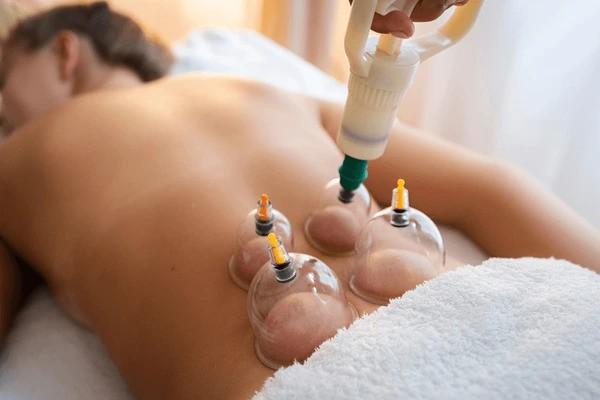Cupping is a traditional therapy (هل الحجامة مفيدة لضغط الدم) that involves creating suction on the skin and, in wet cupping (Hijama), making small superficial incisions to draw out a small amount of blood. Many people with hypertension are interested in cupping to help support relaxation, circulation, and overall cardiovascular wellness.
Potential Benefits for People with Hypertension
-
Stress reduction: Helps lower sympathetic nervous system activity, which can temporarily reduce blood pressure.
-
Muscle relaxation: Relieves tension in the neck, shoulders, and upper back, reducing factors that may elevate BP.
-
Improved circulation: May help microcirculation and vascular tone.
-
Enhanced well-being: Can improve sleep, reduce headaches, and promote relaxation—all indirectly supporting heart health.
Safety Considerations
While generally safe, certain precautions are crucial for people with high blood pressure:
1. Medical Clearance
-
Anyone with hypertension should consult a healthcare provider before starting cupping, especially if BP is poorly controlled.
-
Cupping should not replace prescribed medications.
2. Qualified Practitioner
-
Cupping must be done by a trained, certified practitioner using sterile equipment.
-
Incorrect technique or unclean instruments can cause infection or skin damage.
3. Contraindications / Caution
People with the following conditions should avoid or take extra precautions:
-
Severe or uncontrolled hypertension
-
Bleeding or clotting disorders
-
Use of anticoagulant medications (blood thinners)
-
Severe anemia
-
Diabetes with poor wound healing
-
Active skin infections
-
Pregnancy (without doctor approval)
4. Monitoring
-
Blood pressure should be checked before and after cupping sessions, especially in people on antihypertensive medications.
-
Stop the session if you feel dizzy, faint, or weak.
Tips for Safe Use
-
Use cupping as a complementary therapy, not a primary treatment.
-
Combine with healthy lifestyle practices: balanced diet, regular exercise, stress management, and proper sleep.
-
Start with dry cupping if your blood pressure is uncontrolled—wet cupping may carry higher risks.
-
Schedule sessions when blood pressure is stable, not during hypertensive crises.
Bottom Line
Cupping can be safe for most people with controlled high blood pressure when performed correctly and under medical guidance. It offers stress relief, muscle relaxation, and short-term BP support, but it does not replace medications or standard medical care. Safety, hygiene, and professional supervision are key.



